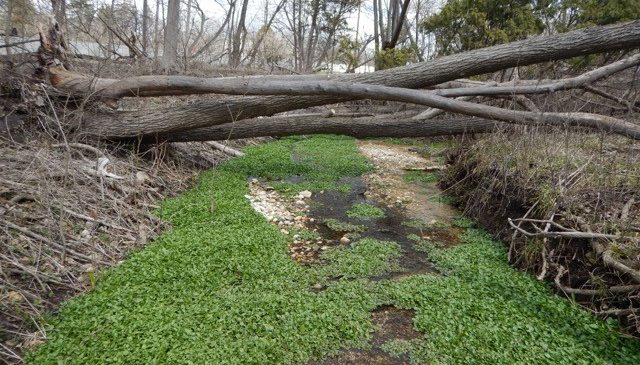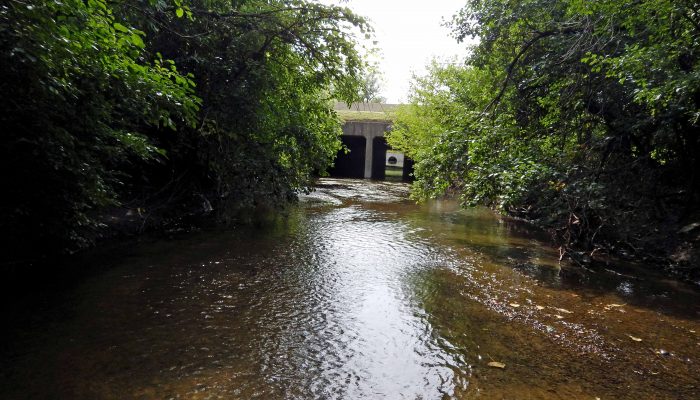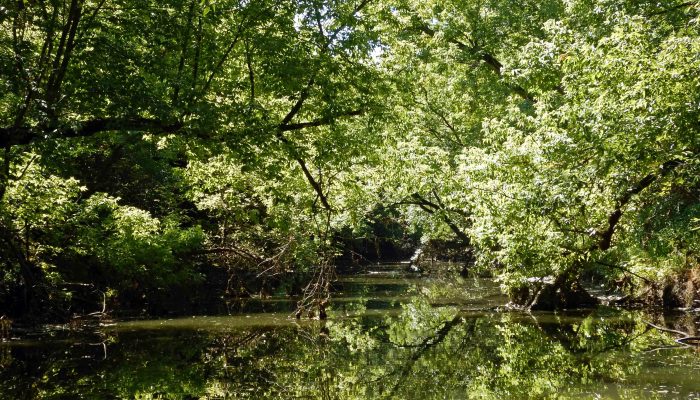Aquatic macroinvertebrates (e.g., insects, crustaceans, mollusks) are a key part of the environment
- They are a particularly important food resource for fish
- They are important to both nutrient cycling and organic matter processing
- Aquatic insects connect aquatic and terrestrial ecosystems with aquatic larvae and terrestrial adults.
- They are used as water quality indicators because they exhibit a wide range of tolerances to point and nonpoint source pollution.
- The Illinois Environmental Protection Agency (ILEPA) has used macroinvertebrates in stream assessment since the agency’s beginning.
Some key indicator groups include:
Our sampling methods include:
– ILEPA 20-Jab Allocation – 20 samples with a D frame net along a 300 ft stretch of stream
– Surber samples – a square frame with a fine net positioned downstream collects the benthic material in riffles within a given quadrat
– Visual hand collection
In 2019 we sampled multiple streams in McHenry and Lake counties using the ILEPA bioassessment protocol and paired adult aquatic insect sampling (light trapping, collecting by hand) to compare the species collected. We are currently sorting and identifying the thousands of insects collected.
We are also looking at how aquatic organisms colonize wetlands. In 2017, we sampled aquatic macroinvertebrate communities at newly created and historic ponds at Pine Dunes and Orland Grasslands mitigation sites.
Projects:
– North Chicago Wetland Mitigation Site
– Hines Emerald Dragonfly detectability and distribution
– Toxicity of road salt based on temperature
Publications: None yet.


























